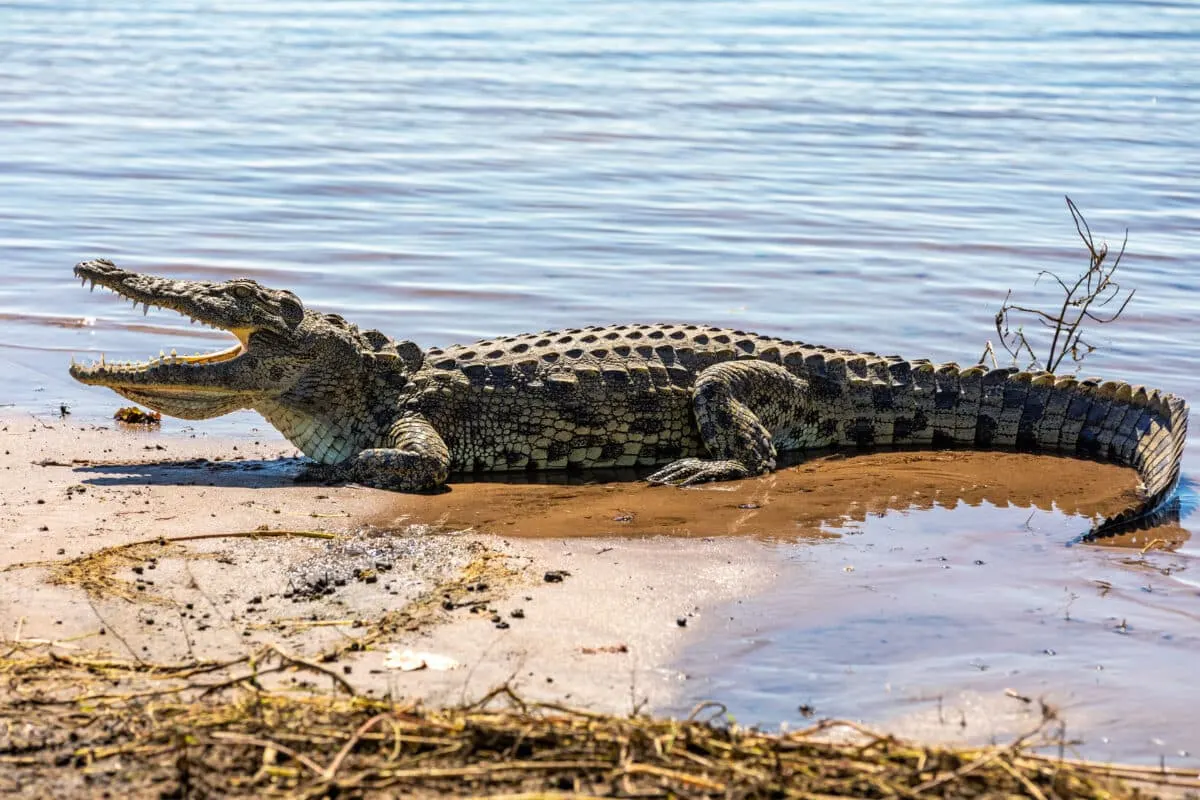The world is a vast and mysterious place, home to a myriad of fascinating creatures. Among them, crocodiles stand out as some of the most awe-inspiring and fearsome reptiles. These ancient creatures have roamed the Earth for millions of years and continue to thrive in certain parts of the world. For those intrigued by these formidable reptiles, it’s captivating to know where they are most commonly found. In this article, we’ll explore the ten most crocodile-infested rivers globally, each offering its unique ecosystem and challenges.
Nile River A Legendary Habitat

The Nile River, running through northeastern Africa, is not only famous for its historical significance but also its dense population of Nile crocodiles. These crocodiles are among the largest in the world, reaching lengths of up to 20 feet. They are formidable predators, known for their stealth and strength. The Nile has been their home for centuries, offering an abundance of fish and other prey. Crocodiles here are not just part of the ecosystem; they are integral to the cultural stories and myths of the region. For locals and tourists alike, the sight of a Nile crocodile is both thrilling and a stark reminder of nature’s power.
Ganges River Sacred Yet Dangerous
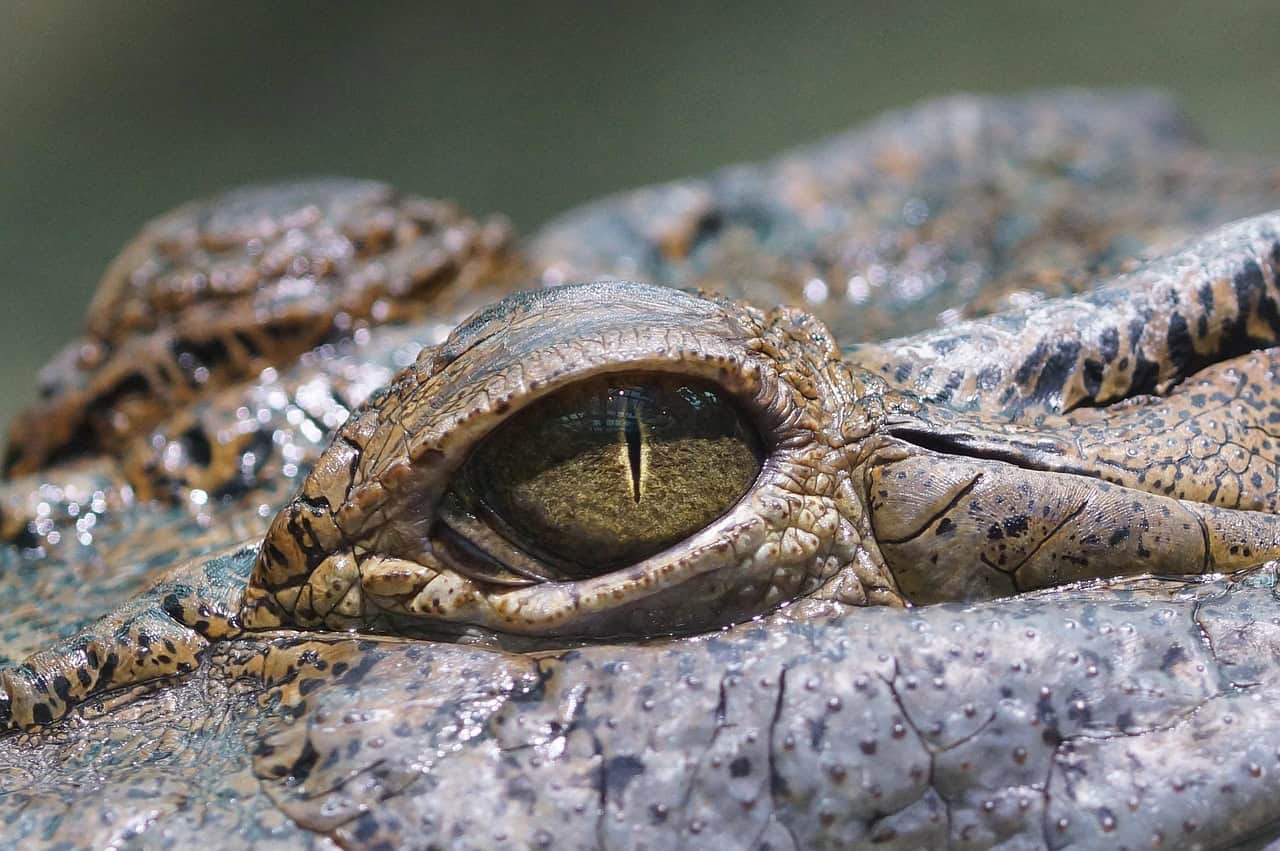
The Ganges River in India is revered as a sacred waterway, but it also harbors a significant population of mugger crocodiles. These reptiles are smaller than their Nile counterparts but no less dangerous. The muggers thrive in the warm, muddy waters of the Ganges, where they hunt fish and small mammals. For those living along its banks, encountering a crocodile is a real possibility. Despite the potential danger, the river remains a vital part of life in India, symbolizing purity and sustenance. The coexistence of humans and crocodiles in this sacred river is a testament to the resilience of both species.
Amazon River A Jungle Predator’s Paradise
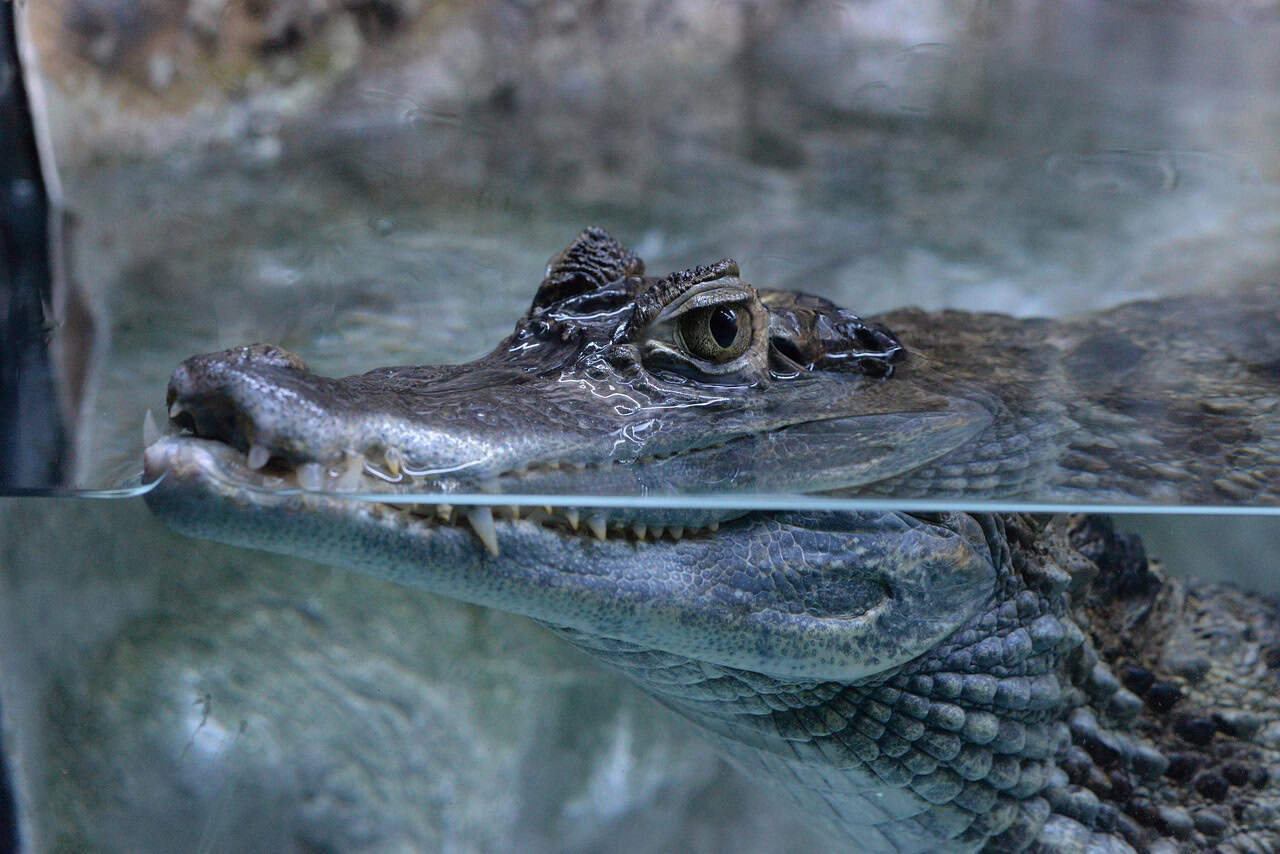
The Amazon River, winding through South America, is home to the fearsome black caiman, a close relative of the crocodile. The black caiman is the largest predator in the Amazon basin, thriving in its labyrinth of waterways. They are opportunistic hunters, preying on a variety of animals, including fish, birds, and even mammals. The dense rainforest provides ample cover for these reptiles, making them masters of ambush. For the indigenous tribes and wildlife researchers, the Amazon offers a unique opportunity to study these prehistoric predators in their natural habitat.
Orinoco River A Lesser-Known Haven
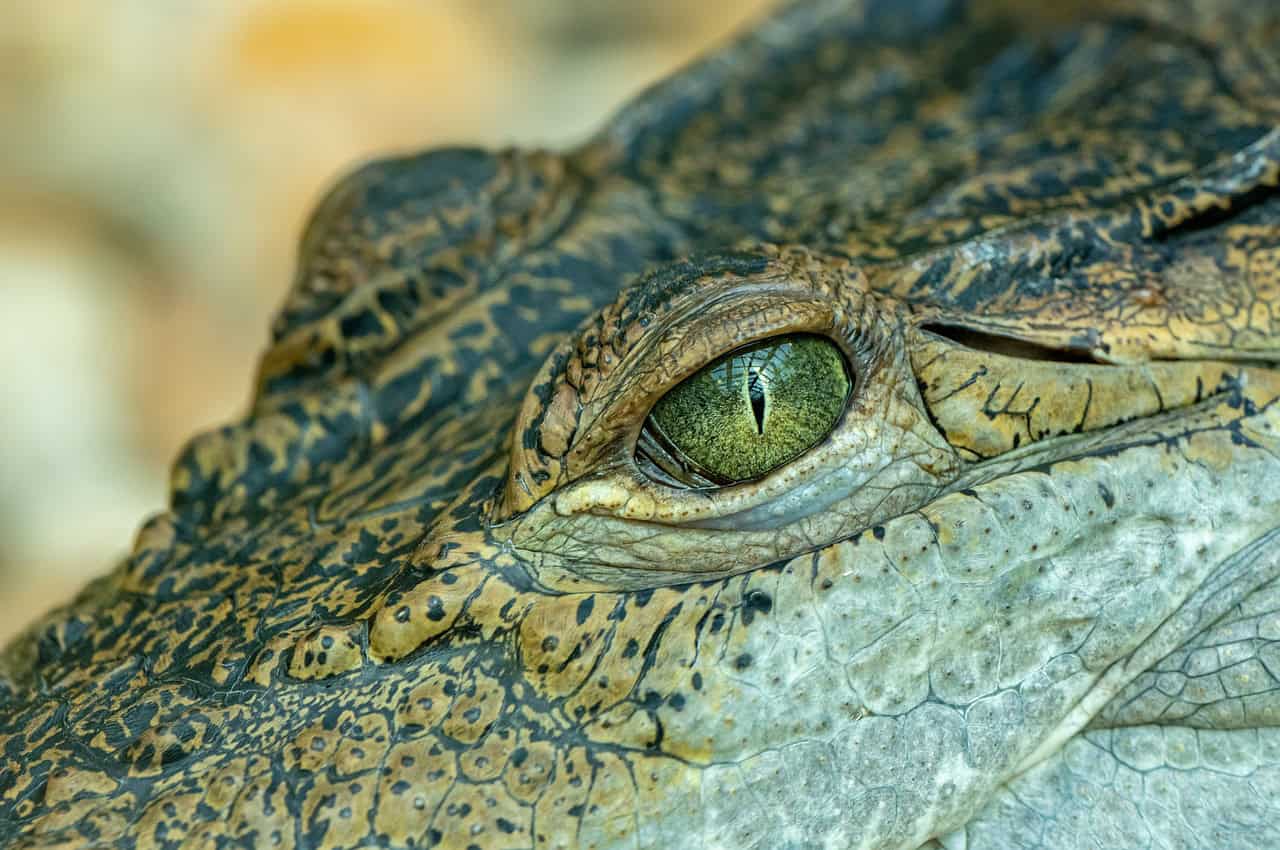
Flowing through Venezuela and Colombia, the Orinoco River is less famous than the Amazon but equally rich in biodiversity. It is home to the Orinoco crocodile, one of the most endangered crocodile species. Conservation efforts are underway to protect these magnificent creatures, which can grow up to 16 feet long. The river’s remote and untouched regions provide a sanctuary for the Orinoco crocodile, but human encroachment and habitat destruction pose significant threats. The Orinoco River is a reminder of the delicate balance between human activity and wildlife preservation.
Sepik River The Heart of Papua New Guinea
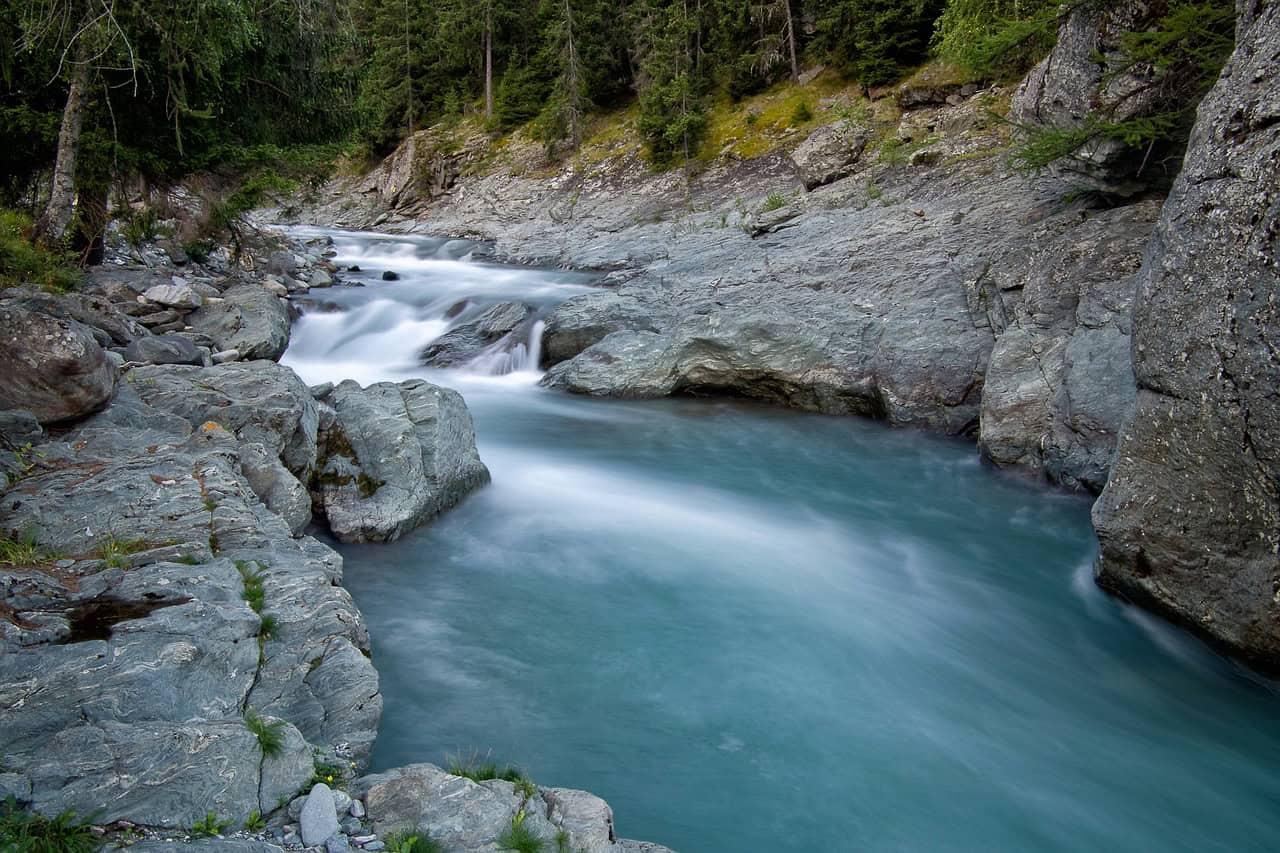
The Sepik River, flowing through Papua New Guinea, is a hotspot for the saltwater crocodile, the largest reptile on the planet. These massive reptiles are known for their aggressive behavior and territorial nature. The river’s murky waters and abundant prey make it an ideal habitat for saltwater crocodiles. For the indigenous people of Papua New Guinea, the crocodile holds cultural significance and is often revered in tribal rituals. Living alongside such formidable predators requires respect and understanding of their role in the ecosystem.
Rufiji River Tanzania’s Wild Frontier

The Rufiji River in Tanzania is a vital water source for the Selous Game Reserve, one of Africa’s largest wildlife sanctuaries. Here, Nile crocodiles thrive alongside hippos, elephants, and a plethora of bird species. The river’s seasonal floods create fertile feeding grounds for these crocodiles, allowing them to flourish. For tourists on safari, the Rufiji offers a glimpse into Africa’s untamed wilderness, where crocodiles are an integral part of the riverine landscape. The Rufiji River is a testament to the beauty and danger of Africa’s wild frontier.
Sanaga River Cameroon’s Hidden Gem
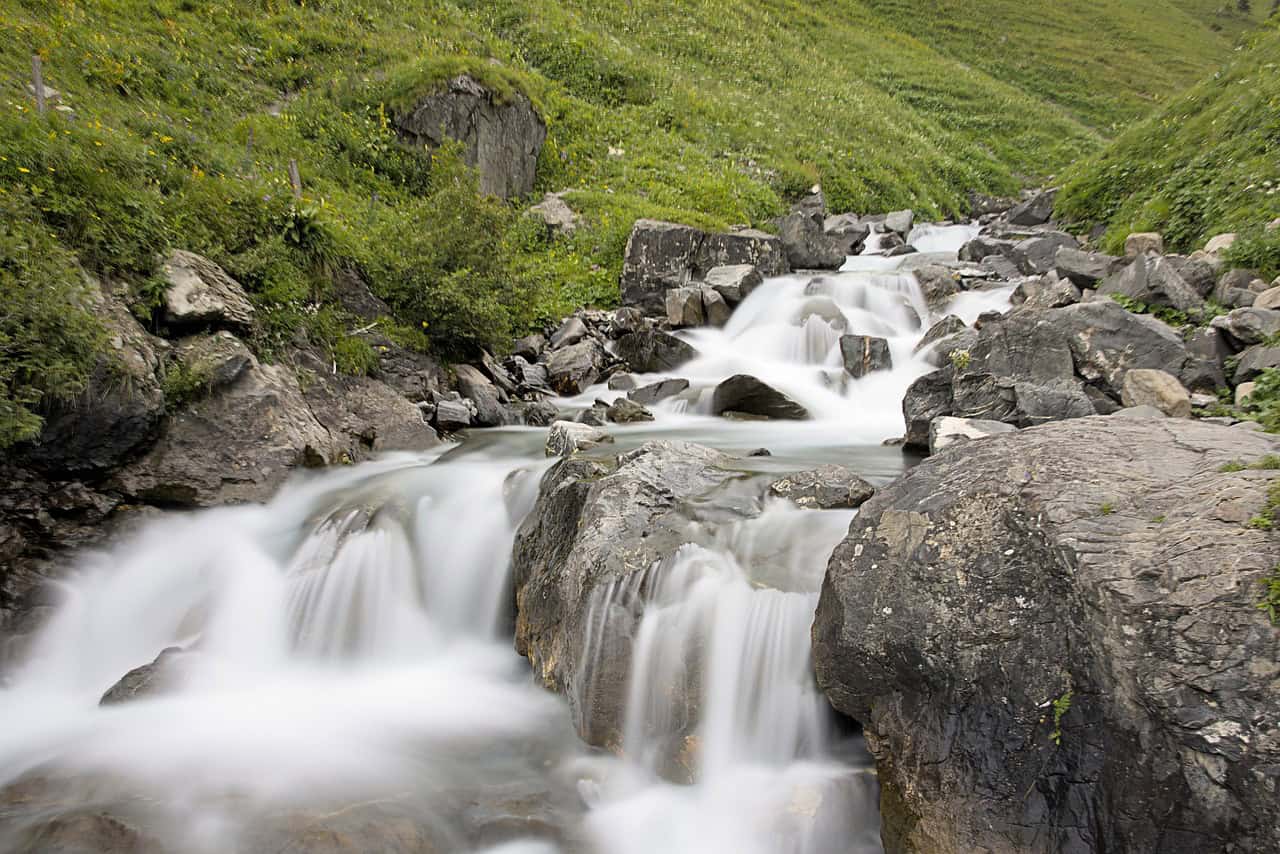
In Cameroon, the Sanaga River is home to a unique population of dwarf crocodiles. Unlike their larger cousins, dwarf crocodiles are relatively small and elusive. They inhabit the river’s lush forests and swamps, where they prey on fish and amphibians. The Sanaga River is a hidden gem, offering a glimpse into the diverse ecosystems of Central Africa. Conservation efforts are crucial to protecting these rare crocodiles, as habitat destruction and hunting threaten their survival. The Sanaga River is a reminder of the importance of preserving biodiversity in our rapidly changing world.
Luangwa River Zambia’s Crocodile Sanctuary

The Luangwa River in Zambia is a haven for Nile crocodiles, thriving in its pristine waters. The river is part of the South Luangwa National Park, a renowned wildlife destination. Here, crocodiles bask on sandy riverbanks, waiting patiently for their next meal. The Luangwa River’s seasonal ebb and flow create rich feeding grounds, supporting a healthy crocodile population. For visitors, the river offers an unforgettable safari experience, where the sight of a crocodile is both exhilarating and humbling. The Luangwa River is a sanctuary for these ancient reptiles, a place where nature reigns supreme.
Fly River Papua New Guinea’s Untamed Wilderness
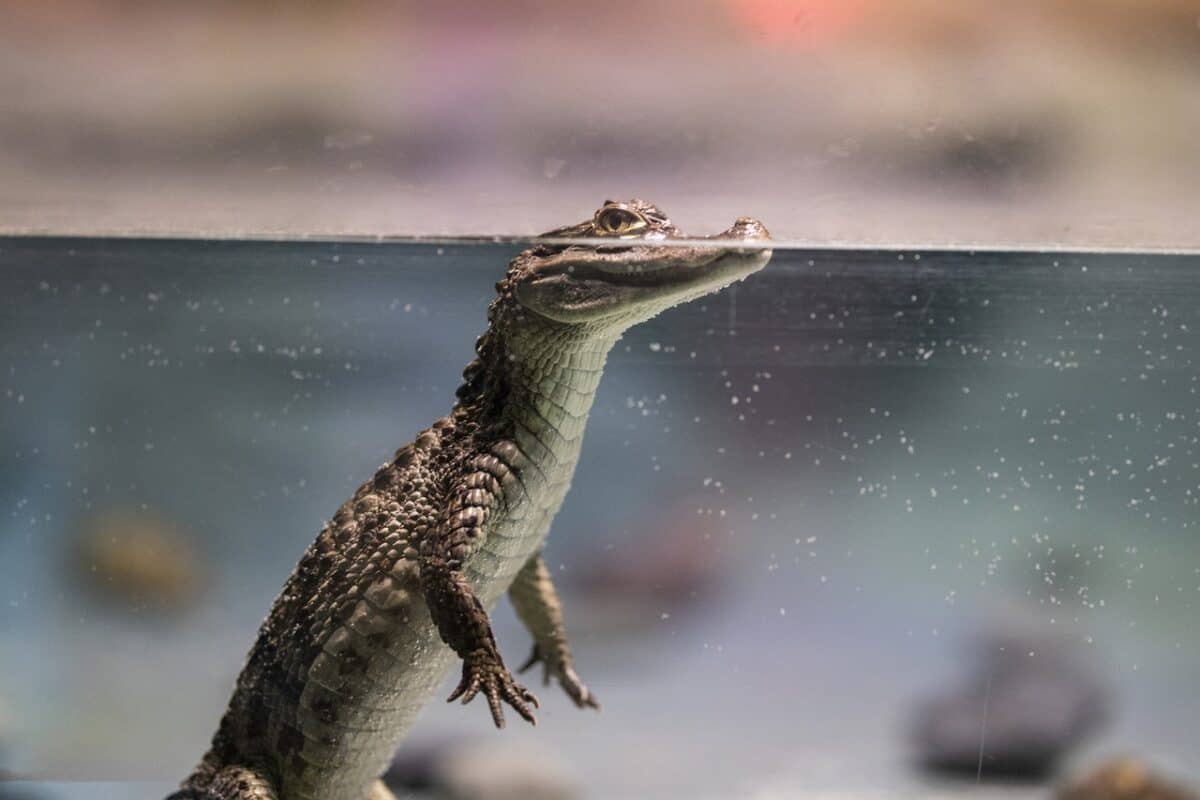
The Fly River, one of the longest in Papua New Guinea, is home to a significant population of saltwater crocodiles. These apex predators navigate the river’s vast and remote wetlands, preying on fish, birds, and mammals. The Fly River’s untouched wilderness provides a refuge for crocodiles, but the encroachment of mining and logging activities poses a threat. For those who venture into this remote region, the Fly River offers a glimpse into a world untouched by modern civilization, where crocodiles are the true rulers of the water.
Victoria Nile Uganda’s Natural Wonder
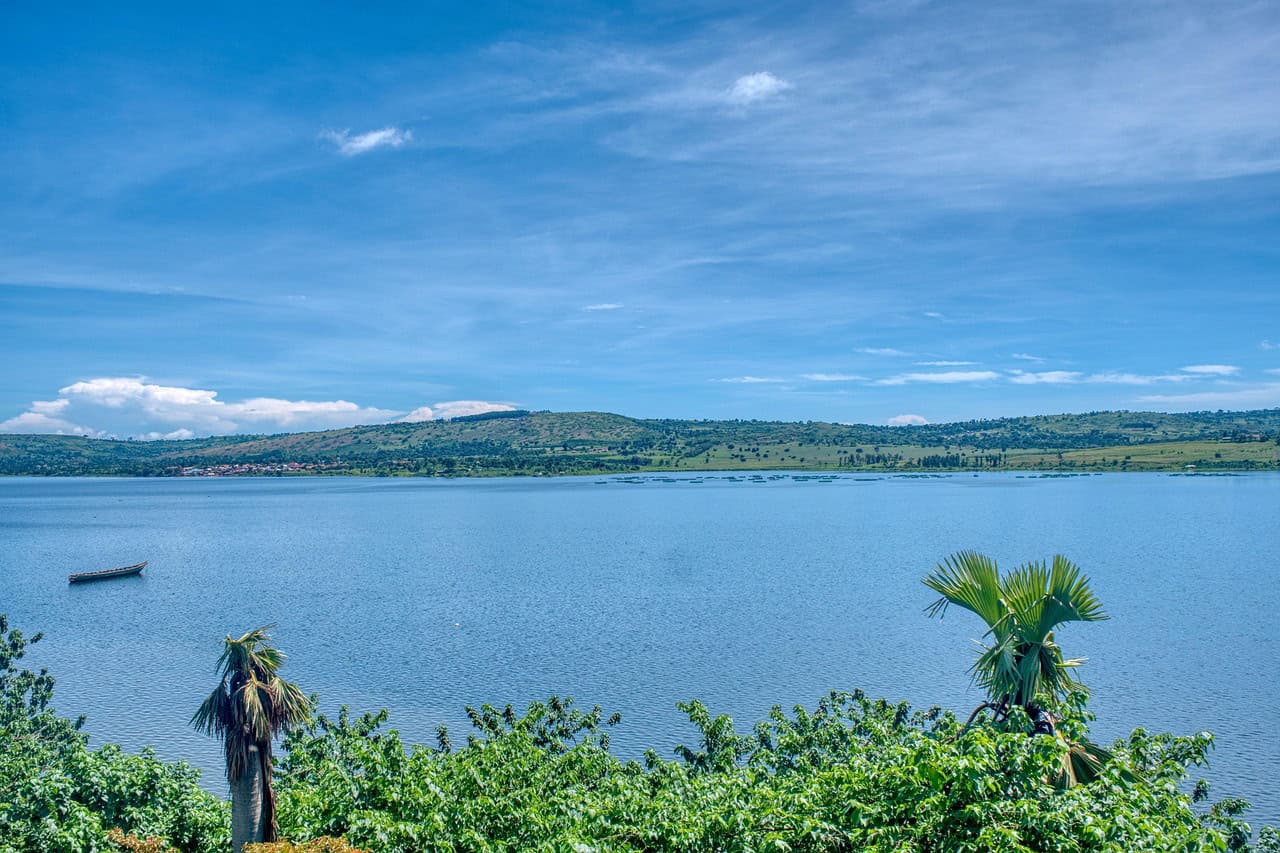
The Victoria Nile, a tributary of the Nile River, flows through Uganda’s Murchison Falls National Park. This river is teeming with Nile crocodiles, thriving in its nutrient-rich waters. The park’s diverse ecosystems provide ample prey for these predators, including fish, birds, and even large mammals. For tourists, a boat cruise along the Victoria Nile offers a front-row seat to the drama of the wild, where crocodiles and other wildlife coexist in a delicate balance. The Victoria Nile is a natural wonder, a place where the raw power of nature is on full display.
Conclusion

In conclusion, the world’s crocodile-infested rivers offer a fascinating glimpse into the lives of these ancient reptiles. From the sacred waters of the Ganges to the untamed wilderness of the Fly River, each river has its own unique story to tell. These rivers are not just habitats for crocodiles; they are vital ecosystems that support a rich diversity of life. As we continue to explore and understand these rivers, we must also strive to protect them, ensuring that future generations can marvel at the wonder of crocodiles in their natural habitats.
- 11 Myths About Zebras Busted by Science - August 8, 2025
- 13 Creatures That Can Survive in Outer Space - August 8, 2025
- The Ultimate Fossil Showdown Bewteen an Allosaurus and T-Rex - August 8, 2025

